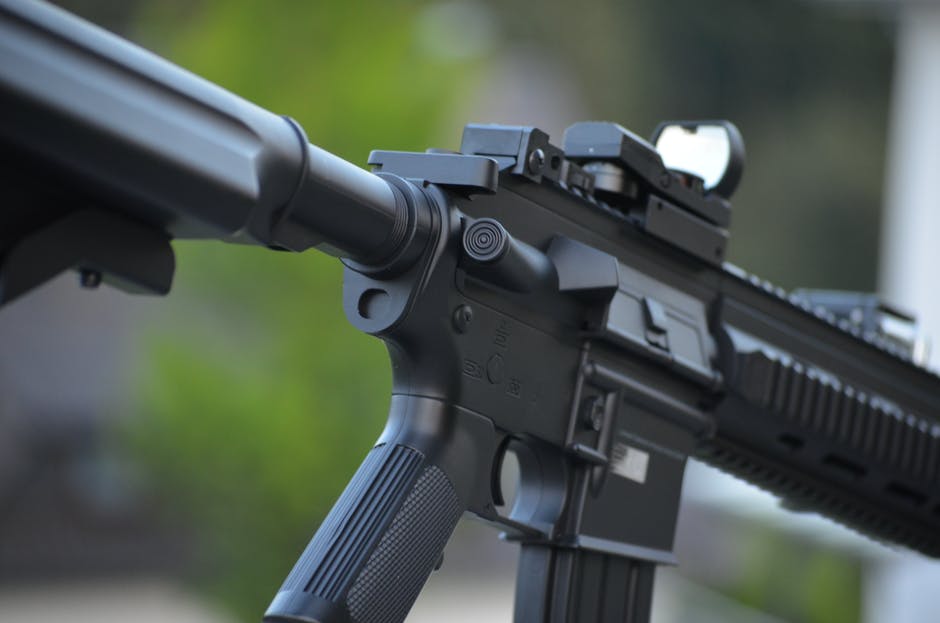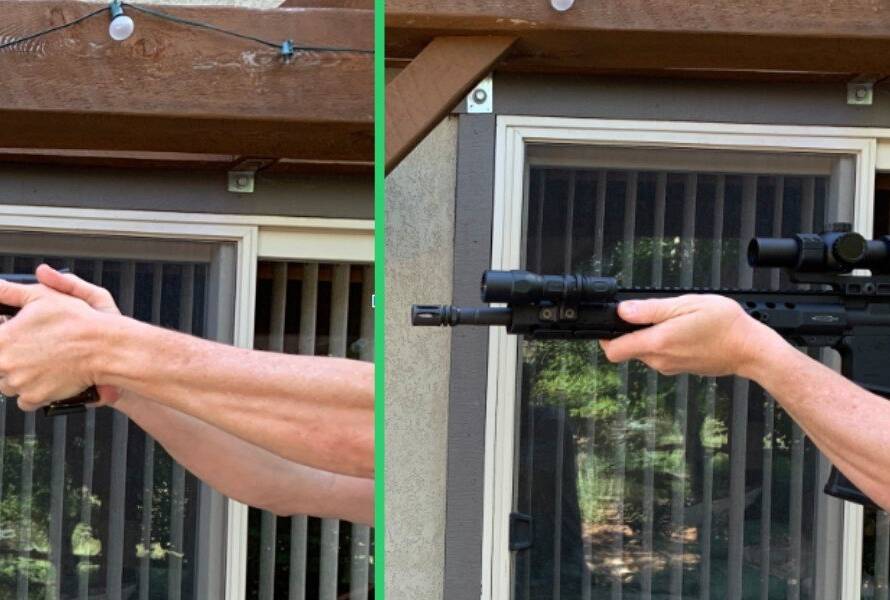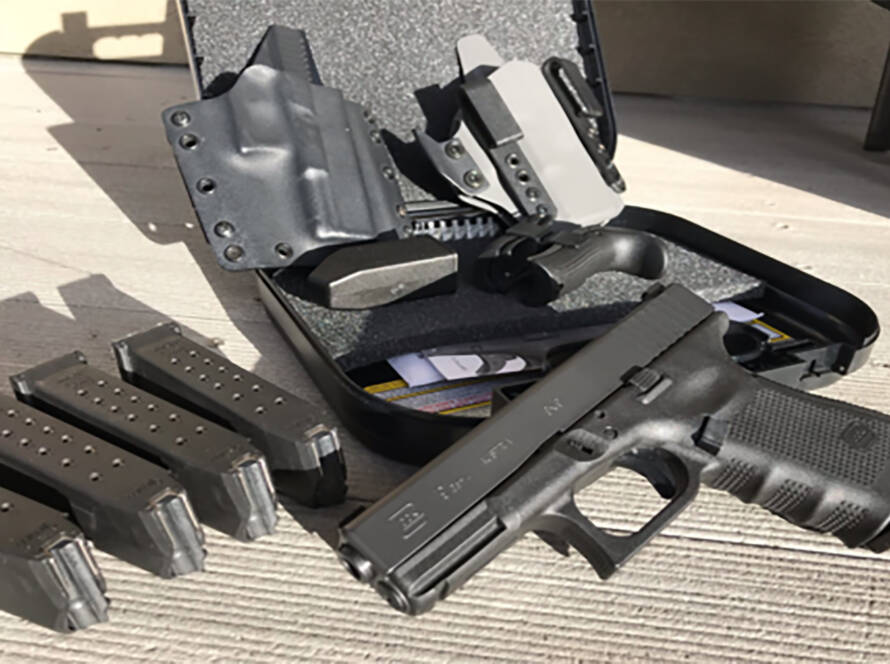When you’re searching for a rifle scope, the market is often intimidating. There are so many types of rifle scopes, from night vision and fixed scopes to hunting scopes and sniper scopes. When faced with so many different options, it’s hard to know which one to choose. What’s the difference between all of them? What, you wonder, will best suit your purposes? While only you can decide what type of scope is best for you, we suggest you consider tactical rifle scopes. Tactical rifle scopes are universally useful for marksmen of many types. Whether you’re a hunter or a target shooter, tactical scopes are helpful tools. However, there are several different types of tactical scopes and seemingly endless models. That’s why we’ve prepared this comprehensive guide to rifle scope options! Whether you’re new to the field or a veteran seeking some refreshers, this article will help you decide which scope is best for your needs.
Overview of Tactical Rifle ScopesTactical scopes have a particular shooting purpose. These scopes’ design extends the standard engagement range for infantry soldiers, making it a perfect military scope. What exactly distinguishes a tactical rifle scope from other types of scopes on the market? Well, that can get a little tricky. For example, let’s compare a hunting scope and tactical scope. In the old days, there used to be more noticeable distinctions between hunting scopes and tactical scopes. Hunting scopes had fewer features than their tactical counterparts. Nowadays, a lot of those distinctions have faded away. Formerly, hunting rifles didn’t have adjustments for wind and elevation levels, which tactical scopes feature. However, due to the universal appeal of different tactical scopes’ features, many competing scope types have adopted those features. It’s not a stretch to say that you could categorize most scopes as “tactical scopes.” You may be wondering if most rifle scopes have adopted the specific features of tactical scopes, then what exactly are those features? That’s what we’ll break down from here.
Tactical Rifle Scopes: Magnification LevelsScopes function like miniature telescopes that attach to your rifle. They allow you to see much further out than you can with your naked eyes, making your target appear closer. If you have the wrong amount of magnification, it results in worse accuracy. If your magnification falls short, your accuracy will not be as precise. If you have too much magnification, though, it leads to other problems. Imagine you’re aiming at a buck in the woods and look through your heavily magnified scope. Instead of seeing the shape of a deer’s head, all you see is a mass of brown. “Ok,” you ask, “so how do I know what magnification a rifle scope has?”
You can find the scope magnification level in the name of the optic. If you look at this optic, for example, you will find it in the range of numbers. In this case, the range is 1-6X. When you see that range, you now understand that the scope magnifies the target to seem either 1-6 times closer than it is. For this example, there is a range of numbers present. However, this does not always exist. This is because rifle scopes are designed either fixed or variable.
Fixed and Variable ScopesA fixed scope provides a set magnification rate and will not change that magnification. Instead of seeing the range of numbers as seen in the rifle above, you’d instead see 6×32, for example. Fixed scopes have their advantages. They tend to be cheaper, which is a tremendous advantage. They also aim quickly. If you don’t have to spend time adjusting the magnification, then you can aim and fire.
Variable scopes, on the other hand, give you more options. With a fixed scope, you can only hunt or shoot from a fixed range. It’s not adaptable to different environments and scenarios. Variable scopes, however, let you shoot from a variety of ranges. They give you options that a fixed scope would not. When choosing an optic, keep in mind your purposes and your usual range. Do you shoot from closer ranges? Is it better used in open spaces, like an open field for target shooting, or do you hunt in the woods? 1-4x magnification is suited for shooting up to 100 yards away, making it useful for hunting small game (rabbits, for instance) or defending your home. The 5-8x range is for shooting up to 200 yards away. This makes the 5-8x range well-suited for closed environments, such as the forest or in the mountains. In contrast to the 1-4X, which is helpful in hunting small game, 5-8x is optimal for hunting big game (deer, for example). The last magnification range we’ll cover is 9-12x. They’re excellent for shooting at ranges beyond 200 yards.
Field of View
Your field of view is like your field of vision; it is how much of your surroundings you can see from left to right. At lower magnifications, your field of view is much broader. You can see a great deal more through your periphery than you can when you zoom in. As you zoom in, you should be zeroing in on the target’s heart. However, there are many scopes on the market that do something called tunneling. It gives the effect of looking through a tunnel, severely restricting your field of view. Avoid these at all costs.
Find the Scope That’s Right for You
When looking for tactical rifle scopes, the primary thing to remember is what you need. From there, figure out which model will best accommodate your purposes. We hope you found this guide helpful! If you enjoyed this content and want more like it, check out our shop today.





